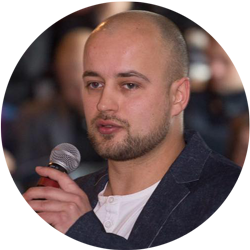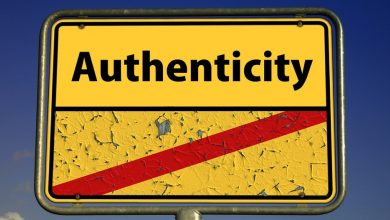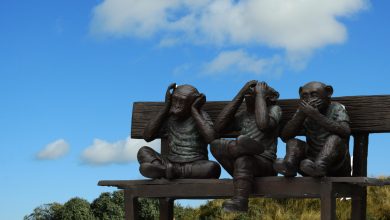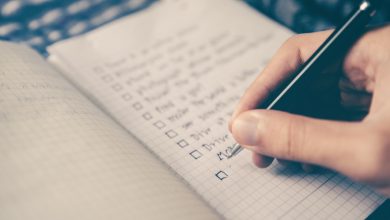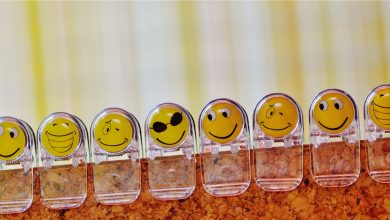Questions to answer / things to search for at the venue
This tool is about the physical environment of learning and its use for educational purposes. This is a list of questions to go through with your trainers team or by yourself before starting the training programme or even before starting to design it.
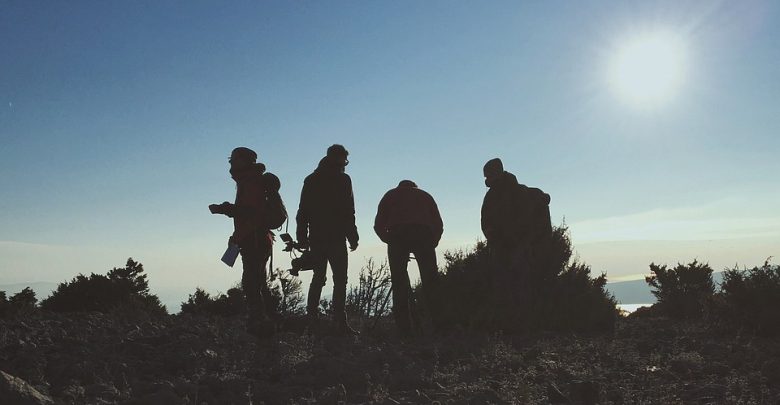
Why did I choose this tool? These are the aspects of the venue that I “scan” before starting to work. Working in a training room can be very comfortable and it can be easy to control the stationery, flipchart, projector, chairs and tables for use. The aim of these questions is to start thinking outside of the box (training room) and to make the training programme more interactive.
How does this apply to being a trainer? Having a “Swiss knife” in your pocket is very important while working as a trainer. One part of the “Swiss knife” is the sharp eye on the environment that can come in handy while constructing activities, providing a diverse experience, adjusting to different types of learners, avoiding boredom (for both participants and for you) and most importantly including body and senses into learning how to have a holistic learning experience.
Main content:
Check-list and questions to consider when you arrive to the venue and look around:
Indoors:
- How many separate rooms does the venue have, that are suitable for work? How will this impact work in groups? Will you (and other trainers/facilitators) manage to monitor all the groups?
- What are the capacities of these rooms? How many people can fit?
- Is the training room spacious enough for all the group members to see each other?
- If the rooms are similar in size, which one will be the main training room? Decide upfront which will be the main training room, to avoid confusion.
- How far are the rooms from each other? How much time it will take for the groups to go and come back to the main training room?
- What kind of equipment do these rooms have? Flipchart/whiteboard, projector?
- How are these rooms furnished? Are there chairs, tables, beanbag chairs, pillows, carpet?
- What kind of atmosphere does the furnishing of these rooms create? Is it the ambience you are looking for? How can it contribute to the way that you intend to work with the group?
- Can the furnishing be used for educational activities? Think how can chairs, tables, carpets, beanbag chairs and other things you find in the room, work for you and the methods that you choose to use.
- Is there a separate room for breaks? If not, how are you planning to cope with not having to leave the training room for the whole day?
- Is there enough natural light in the working rooms? If not, plan some getaways outside at least for few minutes.
- Is the temperature pleasant in the working rooms? Make a plan B if it’s too hot or too cold.
- Is there an area to create a library/reading/self-directed/independent learning space?
Outdoors:
- What is the weather? How long is it possible to stay outdoors pleasantly? If it gets unpleasant (rain, snow, cold, windy, direct sun) – are you making it a part of the educational experience or will you look into going indoors?
- Is there a seating area? How many people does it fit? Is it possible for all group members to see and hear each other?
- How frequent is the surrounding? Are there cars, people, trains, etc. that would distract the participants?
- Is it safe regarding insects/animals/cars? Of which attributes the participants need to be warned?
- Is there a water body? Can it be used for activities? Can any of the methods that you use be adjusted? What kind of security measures need to be taken into account?
- Is there a park/forest where the activities can be done? Can any of the methods that you use be adjusted? What kind of security measures need to be taken into account?
- Is there a chance to meet the locals? What kind of activities and/or methods would work for your group that would involve the locals? Would the local community benefit from that?
- Is there a chance to use the city as a source of learning? What kind of activities and/or methods would work for your group in the city?
- How long will it take to move from the working room outdoors?
- Does going outdoors require extra dressing up / change of shoes? Are you ready to dedicate this time?
Reflection questions:
- What kind of learning environments work best for you as a learner?
- What is your preference environment-wise when you’re working as a trainer/facilitator?
- What are the spaces/environments you would choose not to work in? Why?
Exercises:
How to apply it in everyday life:
For practice – go to any of the places where a training course could be held – a hotel, a youth centre, a training centre, any kind of space and visualize an educational activity there. Go through the questions.
For training – go to the training venue, take a walk inside and around the premises. Have the questions and search for answers. Think about the activities you have planned and how they need to be adjusted according to the environment around you.

